I’ve actually had a bit of trouble starting this article. Which is odd, because I love this piece of software I’m about to rave about, and have plenty to say about it. In fact, that’s probably the reason right there: the wealth of content that the SNK 40th Anniversary Collection offers actually borders on overwhelming. So where to start?
There have been classic game collections for at least the past four console generations. The first one I recall was Williams Arcade Classics for the PC in 1996, when those games were only, at most, 15 years old. It was my (and, I suspect, many others’) first experience with arcade-perfect emulation, something I’d wanted since I was a kid. Soon after, Namco introduced the Namco Museum series, a massive five-volume (with a sixth released only in Japan) collection for the PlayStation. Beyond that, I’ve enjoyed retro revivals from Konami, Capcom, Midway, Atari, and Taito, among others.
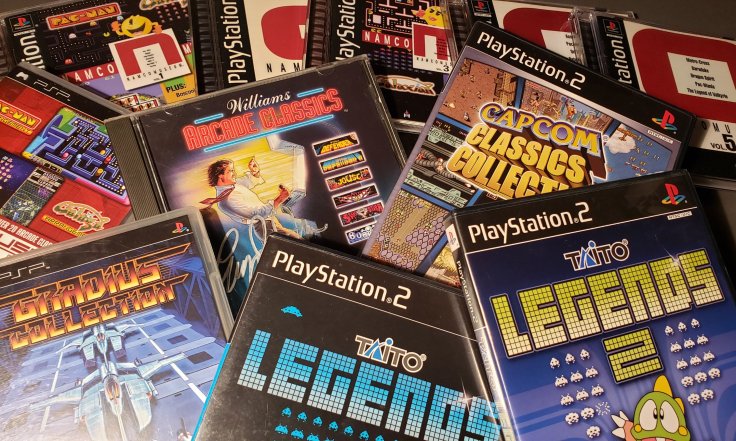
What I actually loved most about the Williams and Namco offerings was not just the games, but the extras. The Williams title featured video interviews with the creators of the six games, and the Namco Museum was…well, a literal virtual museum, including ephemera, photos of the arcade PCBs, and even total environments for each game.
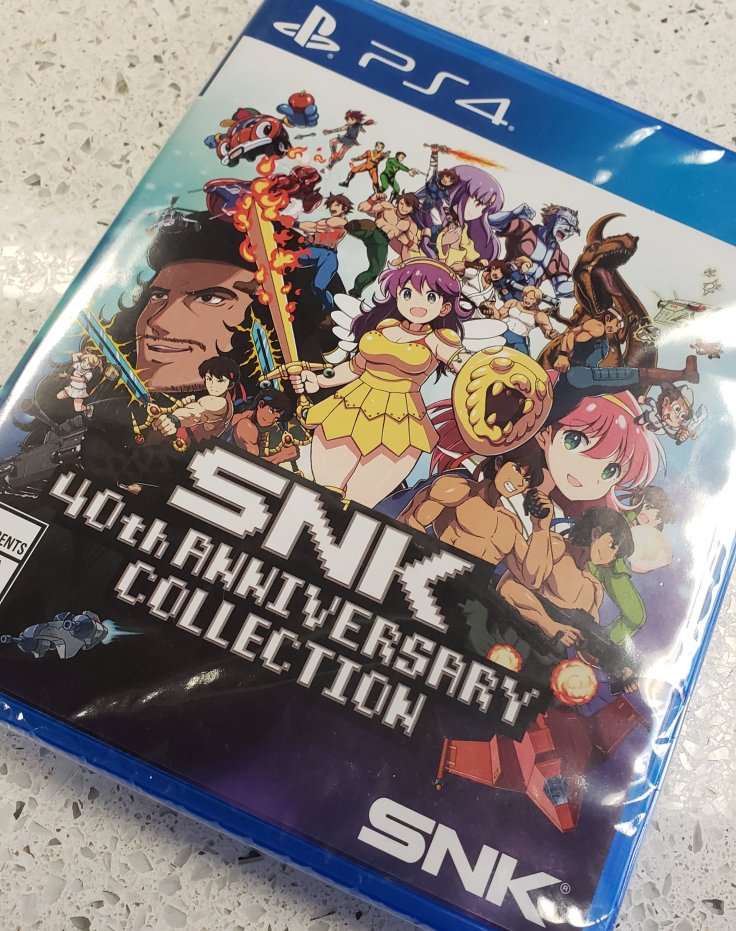
The SNK 40th Anniversary Collection takes ideas like these and pushes them to their extreme, making it the most impressive retro game collection title I’ve ever seen.
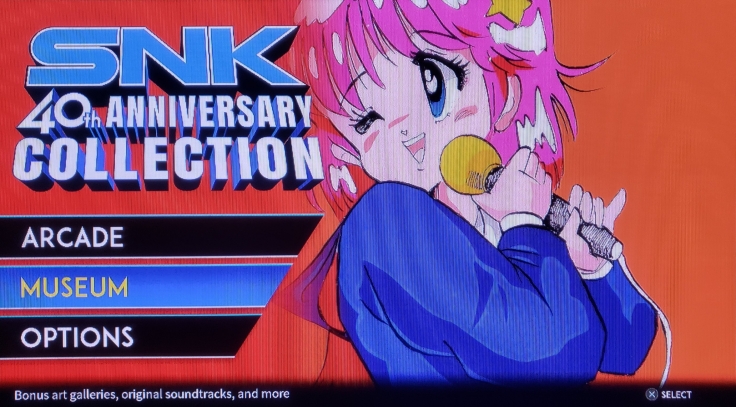
At its core, SNK40 is a collection of 25 pre-Neo Geo SNK titles that you can play to your heart’s content. If it was that alone, that would probably be enough for many classic gamers. But that’s just the beginning.
Many of the titles include the ability to switch among multiple versions of the same game: Japanese or American, arcade or console. So, let’s take Ikari Warriors, for example: You can choose the US arcade version, the Japanese arcade version, the US NES version, or the Japanese Famicom version.
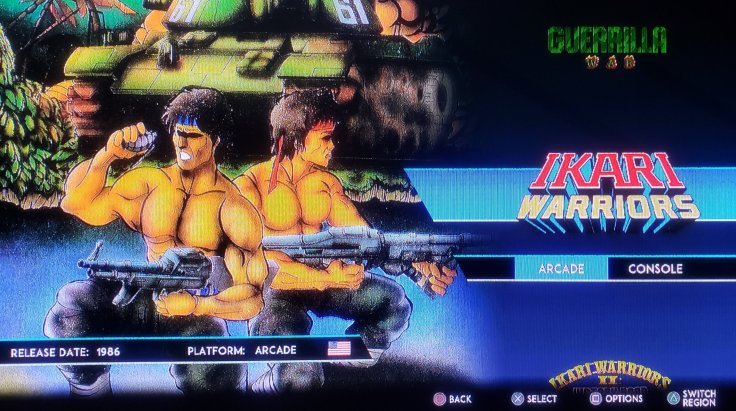
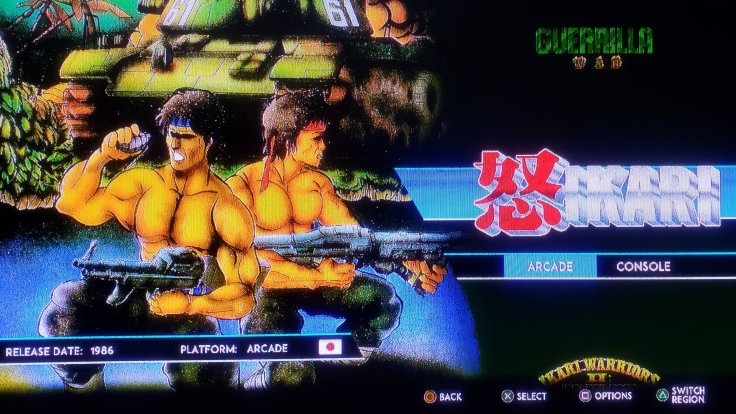
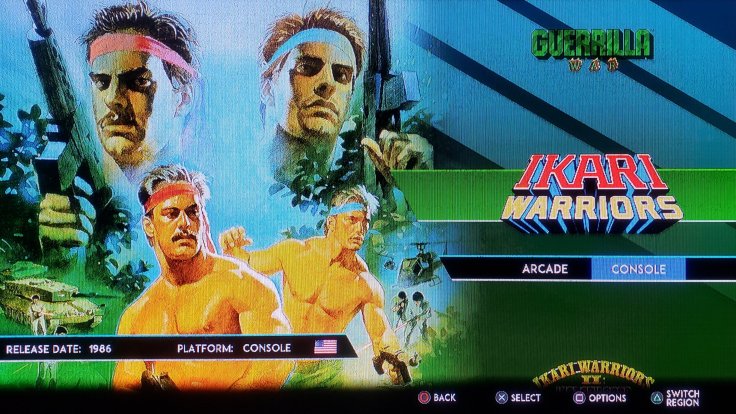
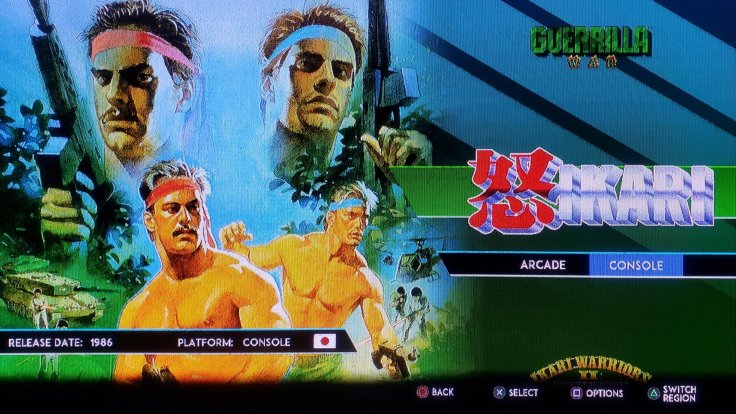
While all four of these options are not available for every single title, this technically pushes the total number of games you can try way past 25. Even Crystalis can be switched to its Famicom version, God Slayer, if you wish to play it in Japanese.
Of course, there are also full options for controls, difficulty settings, and display modes, making every game playing experience totally customizable. And it offers all the modern conveniences, such as save states, and even a rewind feature — did you just get pasted by an enemy bullet? Just hold L1 and rewind your gameplay to just before it happened, and you can try again!
PLUS, there’s the “watch” feature. With this, you can just sit back and watch a complete playthrough of any game, but it’s not just video footage. The game is actually running, and being played by a pre-recorded input sequence of a tool-assisted superplay. And this leads to the next unexpected feature: while watching the game, you can take control of it at any point! So you could watch a game up until, say, the final boss, and then jump in yourself and finish the game without actually…you know…finishing the game.
Now how much would you pay? Don’t answer yet!
On top of the games themselves, there is the museum aspect of SNK40. If this game has been on your radar at all since it first came out on the Nintendo Switch (it’s since been released on PS4 and Xbox One as well), you’ve probably heard about how impressive this part is. Well, it’s true.
There is a complete timeline of SNK games from 1979 through 1990, with extensive information, screenshots, flyers, and artwork for each one. It’s a massive pre-Neo Geo history lesson and I learned a ton of stuff just paging through it.
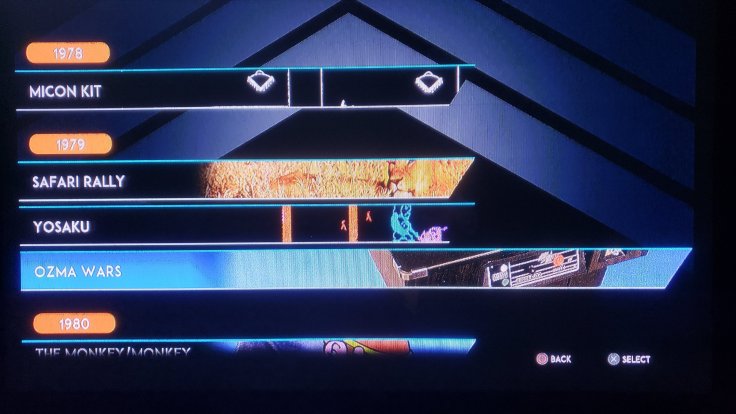

There’s also advertising, concept art, and scans of SNK’s Video Game Land newsletter and arcade guide books — small publications that I had no idea even existed, and given my penchant for print, I am now kind of obsessed with.
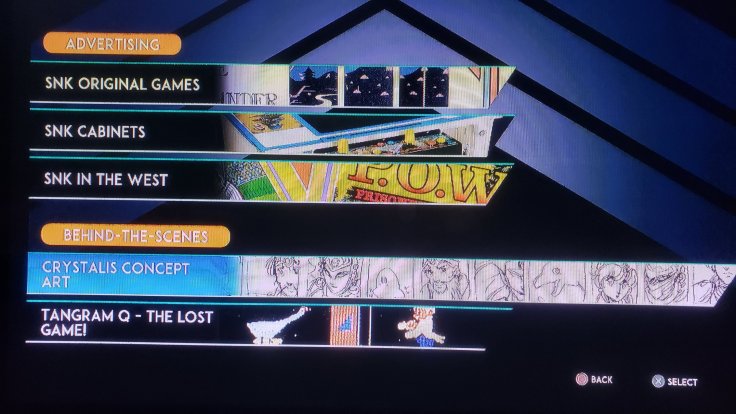
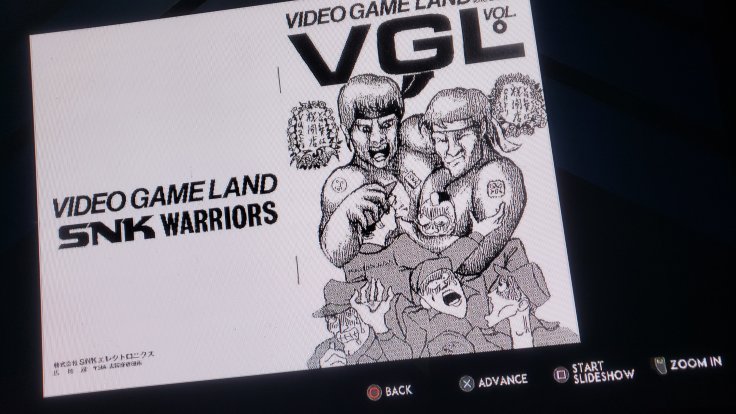
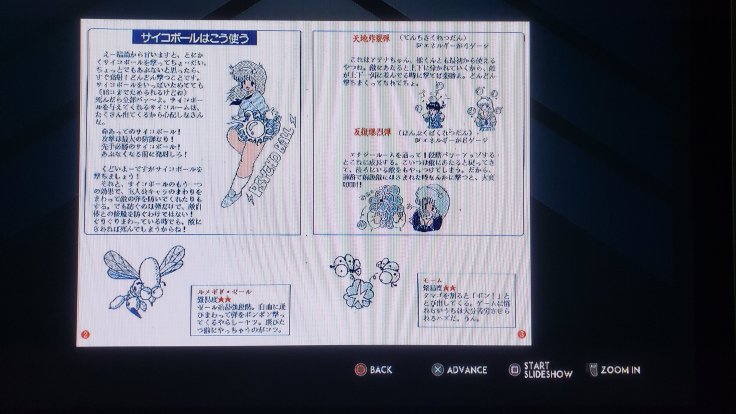
Finally, there’s a soundtrack section, in which you can listen to individual tracks of BGM for many of the games in the collection.
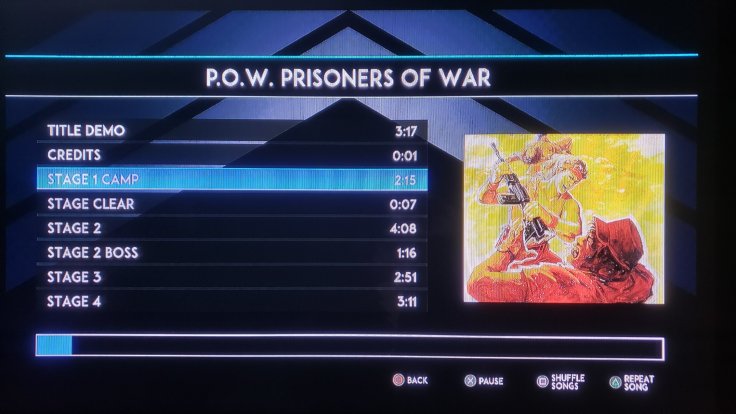
Obviously I had to try out all the games, so which ones are my favorites? I was already a big fan of P.O.W. and Crystalis, but SNK40 introduced me to quite a few titles I was unfamiliar with and instantly stuck with me.
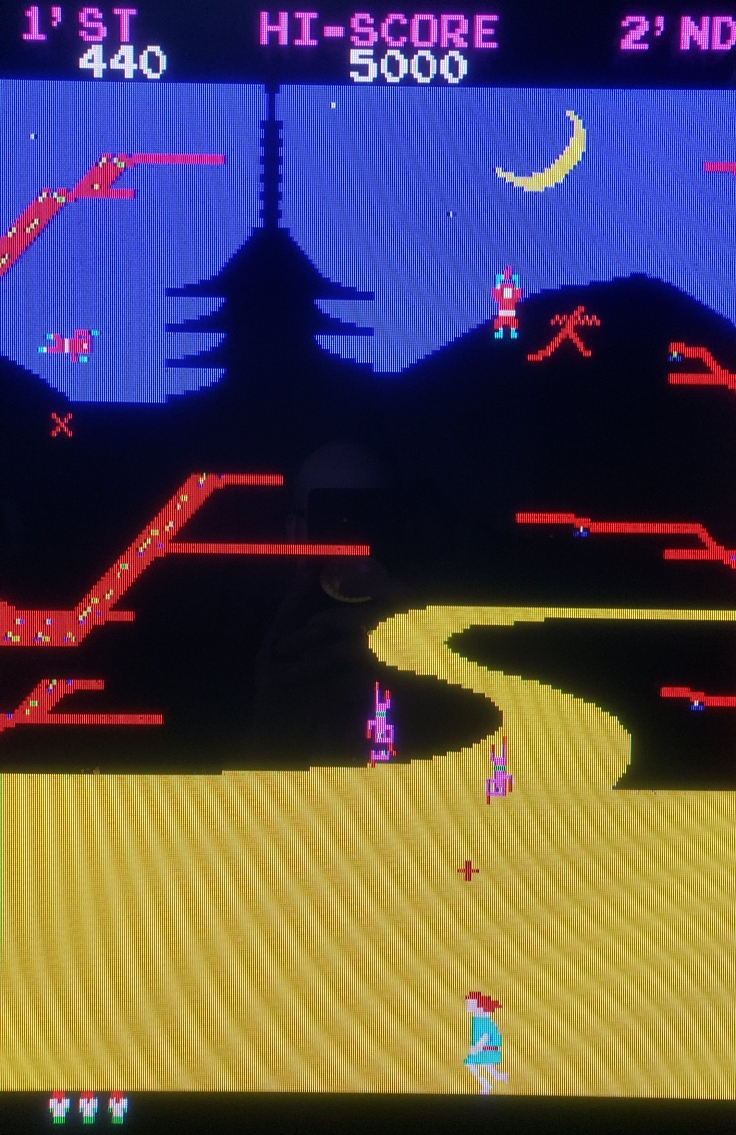
Sasuke and Commander, one of the earliest games in the collection, is actually awesome. A Space Invaders-type shootemup, its twist is that you’re actually a warrior running back and forth along the ground, and instead of descending aliens, there are ninjas flying out of the trees, chucking throwing stars at you. When you hit a ninja, however, he doesn’t just explode or disappear — his lifeless body falls straight down, and it’ll take you out if he lands on you! Additionally, there are boss stages, where you must fight a large warrior who takes multiple hits. This is probably the first instance of boss battles in any video game!
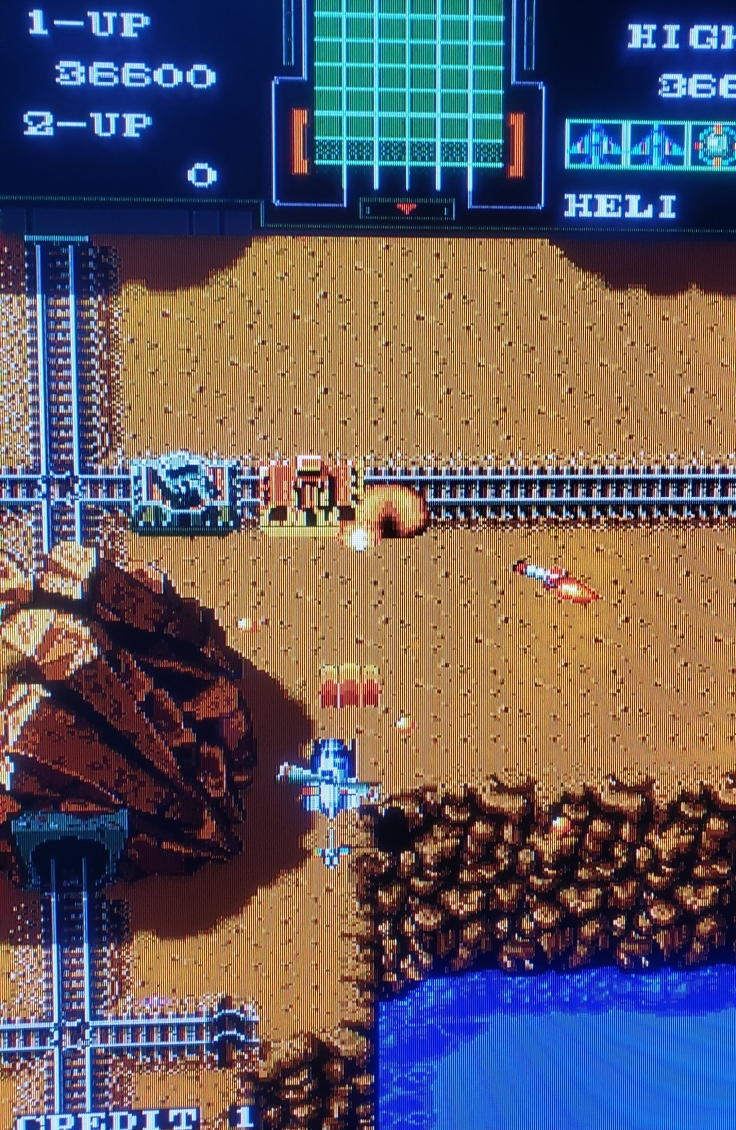
Chopper I is another one I hadn’t heard of, but it’s a solid vertically-scrolling shmup with great sound effects. The collection actually contains a number of great shmups, such as Alpha Mission and Prehistoric Isle.
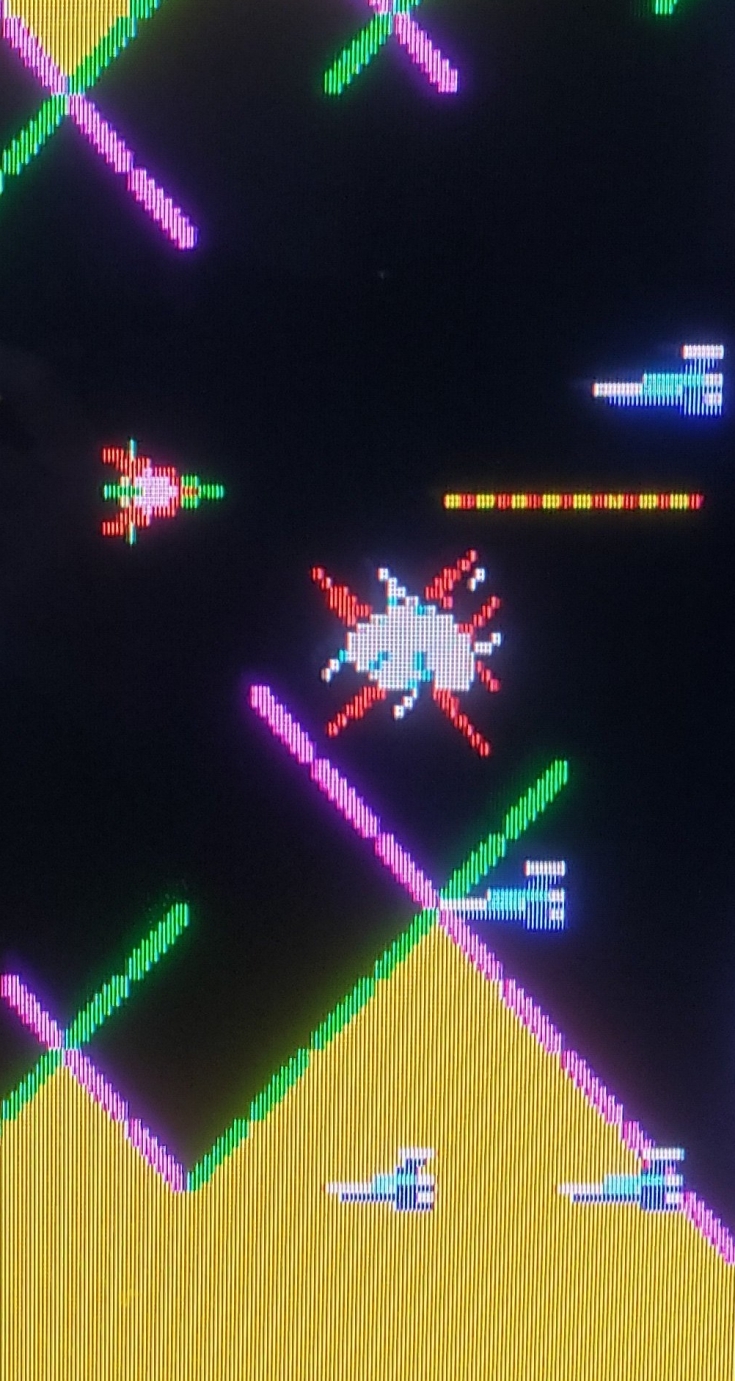
Vanguard, too, is an old favorite shmup of mine that I played to absolute death on the Atari 2600, but I never got to play in the arcades. Finally experiencing the original, I’m actually impressed by how well Atari translated it to the VCS back in the day. (It would have been a fun Easter egg if they had included that version here too, but it’s understandable why they couldn’t — though it is referenced in Vanguard’s entry in the timeline.) As a matter of fact, I didn’t even realize Vanguard was made by SNK until years ago — the Atari versions would have been licensed from Centuri, the US company who licensed it from SNK.
Speaking of that situation, I remember Munch Mobile from the golden age of arcades as well, but again, had no idea it was an SNK game until I saw it in this collection. I remember it being more interesting than it actually is, but I’m happy to see it here.
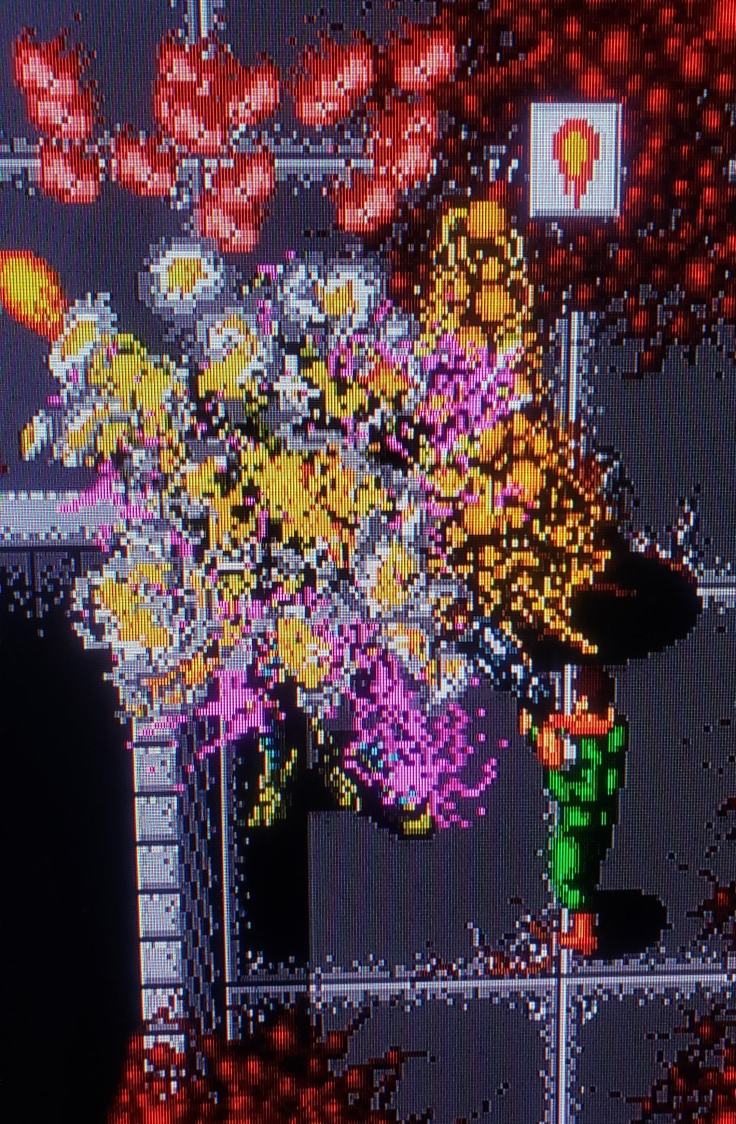
I also enjoyed SAR: Search and Rescue, a fun sci-fi themed overhead scrolling run-‘n’-gun with copious amounts of extraterrestrial gore that kind of reminded me of Alien Syndrome on steroids.
Of course, there are always going to be things missing from a collection like this, depending on who you ask. I personally would have liked to see Satan of Saturn and Mechanized Attack included, but I’m not entitled enough to pretend that SNK40 isn’t already giving us more than we unwashed masses deserve.
Exploring these games, it’s so interesting to see how SNK’s games evolved from the late 1970s style that was fairly common in all video games of those days, like that of Ozma Wars or Sasuke and Commander, to games like Beast Buster and Street Smart, in which you can see them heading in the direction of a more Neo Geo-esque style as they approached the period when that system was introduced. It’s actually a very clearly traceable line from Ikari Warriors to Guerilla War to Metal Slug, with the shots and grenades, similar weapon upgrade systems, and the ability to hop into a tank all present in all of those titles (I’ve always thought Metal Slug was basically a side scrolling Guerrilla War, injected with humor). Much like Nintendo, it seems that SNK never really throws away an idea.
I’d like to give credit where it’s due and mention Frank Cifaldi at Digital Eclipse, who produced this collection, as well as the Capcom’s Street Fighter Anniversary Collection and the Mega Man Legacy Collections. In hearing a number of interviews with him recently, it seems it is very much he who is to thank for putting together such comprehensive compilations with these rich feature sets. This is to be expected somewhat, as Frank runs the nonprofit Video Game History Foundation; so of course, these collections are very much curated with an eye toward education and preservation, as well as creating unique ways to enjoy the experience of playing the games themselves. (His approach toward making Digital Eclipse “the Criterion Collection of video games” is not lost on me, as I’m a pretty big movie nerd with at least a couple dozen CC titles on Blu-ray, DVD, and laserdisc in my library.)
SNK was really an innovator which, with this release, finally gets their recognition. They utilized speech in their games very early on, they introduced the continue feature — yes, the continue — with Vanguard, and probably invented the boss battle with Sasuke and Commander. I was already an SNK fan, and I’m happy to be able to dive deeper into their history with this release.
Between the success of the Neo Geo Mini (despite the haters, it sold very well and has its share of enthusiastic fans, myself included), this 40th Anniversary Collection, the upcoming new Samurai Shodown game, and the recent tease that new hardware is in the works (Neo Geo 2 and 3? Whaaaa?), SNK really seems to be feeling their oats again. And I, for one, am cheering them on the whole way.
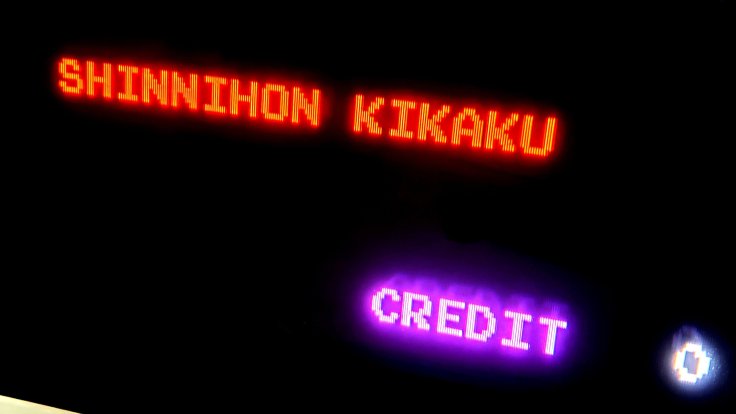

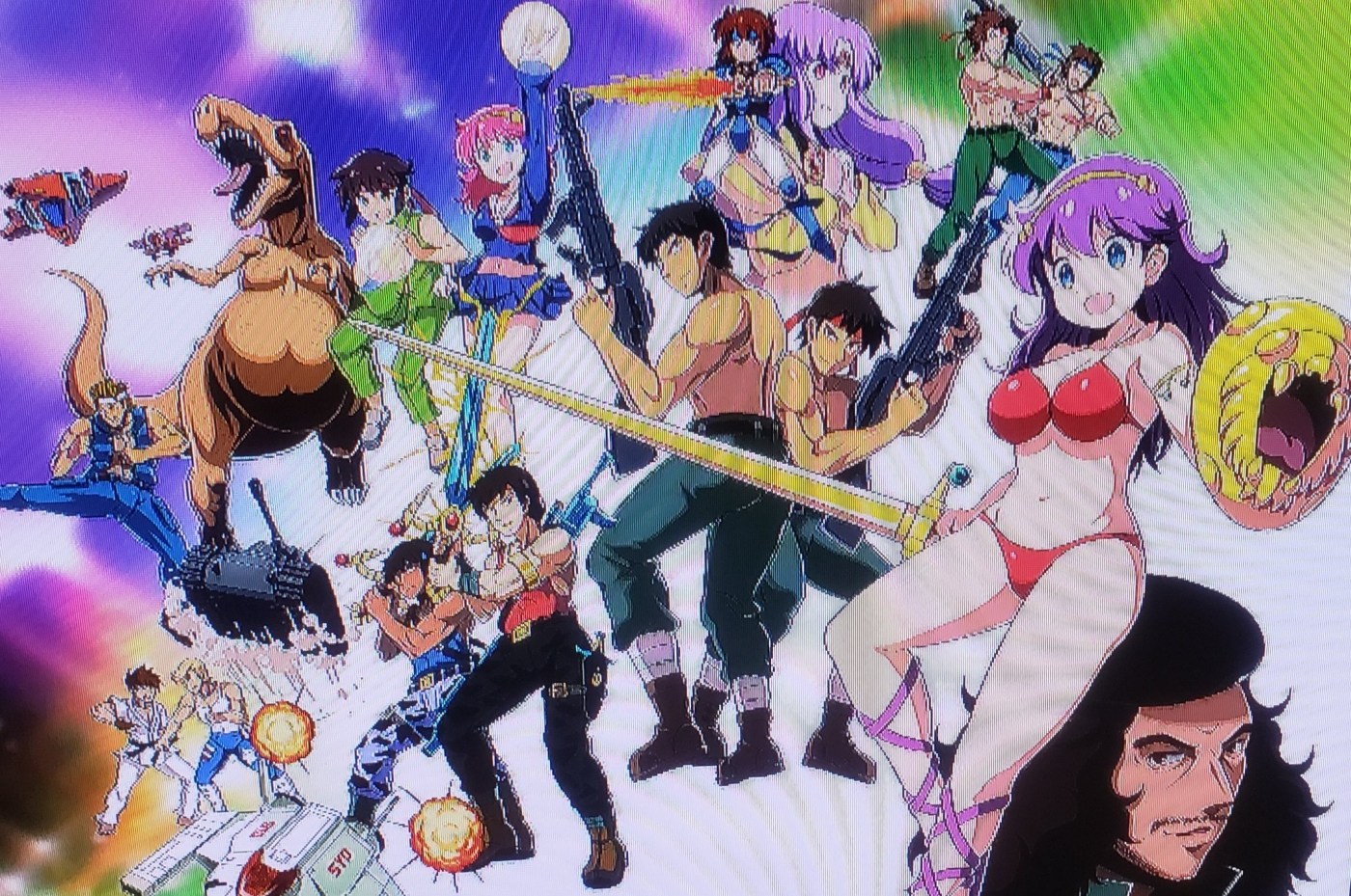
May 6, 2019 at 10:14 am
Good read. I find myself collecting retro collections and so of course I had to pick this up- primarily did it for Athena and Psycho Soldier because the former almost looked like some kind of precursor to the Shantae series (which I’m a huge fan of). Some of the “hardcore” elitsts out there probably moan about that “watch” feature but all said..this is how you do a collection
LikeLike